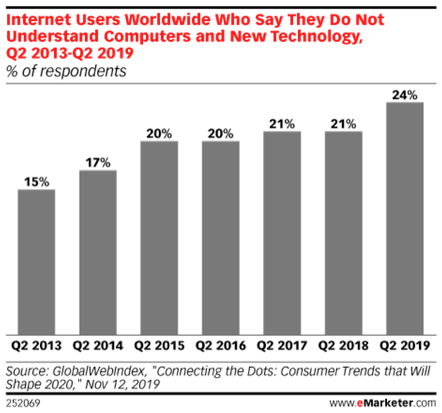Earlier in January, thousands of people flocked to Las Vegas for the annual CES convention – the Consumer Electronics Show. Each year, techies highly await this show to get a glimpse of what exciting new products are on the horizon.
This year’s show did not disappoint, as there was no shortage of cool, futuristic prototypes and gadgets to feast your eyes on. The list is endless. It’s impossible to cover everything here, but some of the highlights are listed below:
Mercedes-Benz’s “Vision AVTR.” This jaw-dropping concept car was inspired by the world of “Avatar” and developed in collaboration with director James Cameron. It was billed as “a completely new interaction between human, machine and nature.” It features a plethora of futuristic features, including a multifunctional control unit in the center console that is devoid of a conventional steering wheel, as well as the ability to move the car sideways by 30 degrees.
Hyundai Motors’ “Flying Taxis” that have been developed for Uber Elevate’s aerial ride-hailing service. Cruising at altitudes of between 1000 and 2000 feet, the electrically powered PAV, or “personal air vehicle,” will have the capability of carrying up to four passengers on trips of up to 60 miles at speeds reaching 180 mph.
Lenovo’s “ThinkPad X1 Fold,” dubbed as “the world’s first foldable PC.” There was a lot of buzz around the 13.3-inch screen that can be folded in half to roughly the size of a hardcover book. It can be used as a tablet, monitor or mini laptop (you can type directly on the screen or pair with a wireless keyboard).
Toyota’s “Woven City.” The automobile company launched a plan to create a protoype city at the base of Mount Fuji. It will be made up of research labs, housing and community centers run on a connected network focused on accessibility and efficiency (think: hydrogen fuel cells, self-driving cars and robots). Toyota will also roll out a fleet of autonomous buses to transport visitors to the Tokyo Olympics this summer.
Samsung’s “Ballie.” It is literally a spinning ball that rolls around to “talk” to you, acting as everything from a home monitor to a fitness assistant to an interface to various devices — like smart TVs, motorized curtains and autonomous vacuum cleaners.
There is an underlying theme running through most of what was seen at CES. Although some of the above seems a bit fantastical, there were plenty of products and ideas presented with the goal of bringing practicality and convenience to the masses, mostly via smart technology. AI, IoT (internet of things) and true connectivity are creeping into our lives more and more. This is nothing new. We’ve been watching this unfold for some time now. And Amazon, Google, Samsung and many others are relentlessly competing to equip your home, car and life with their smart technology. But where does it end? Not everyone is at ease with the way tech and everyday life will integrate. A GlobalWebIndex study from last year showed that nearly a quarter (24%) of Internet users don’t understand new technology and fear being left behind. This number has steadily risen up from just 15% in Q2 2013.

It can certainly be overwhelming. Companies in this industry need to focus on simplicity, in addition to making the connection more “human,” before they face too much of a backlash. There is a real risk of tech fatigue and anxiety. Some companies are trying to combat these problems by creating devices that blend in with home décor. For example, LG TVs with ultra-thin screen technology can roll up into a base or ceiling, while Samsung’s “The Frame” TV hangs on a wall and displays artwork or photography when not being watched.
If CES this year has taught us anything, it’s that technology will continue to integrate into our lives. But it needs to be simple, easy to use, non-intimidating and trustworthy.
It will also be interesting to see how the marketing and advertising industries begin to use the endless amounts of data being collected. But that is a conversation for another time!



